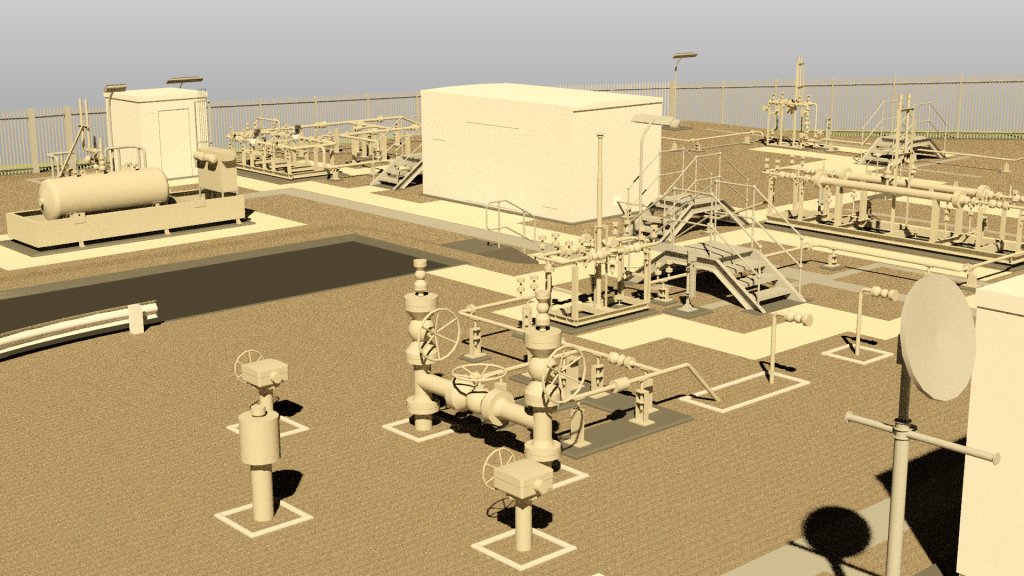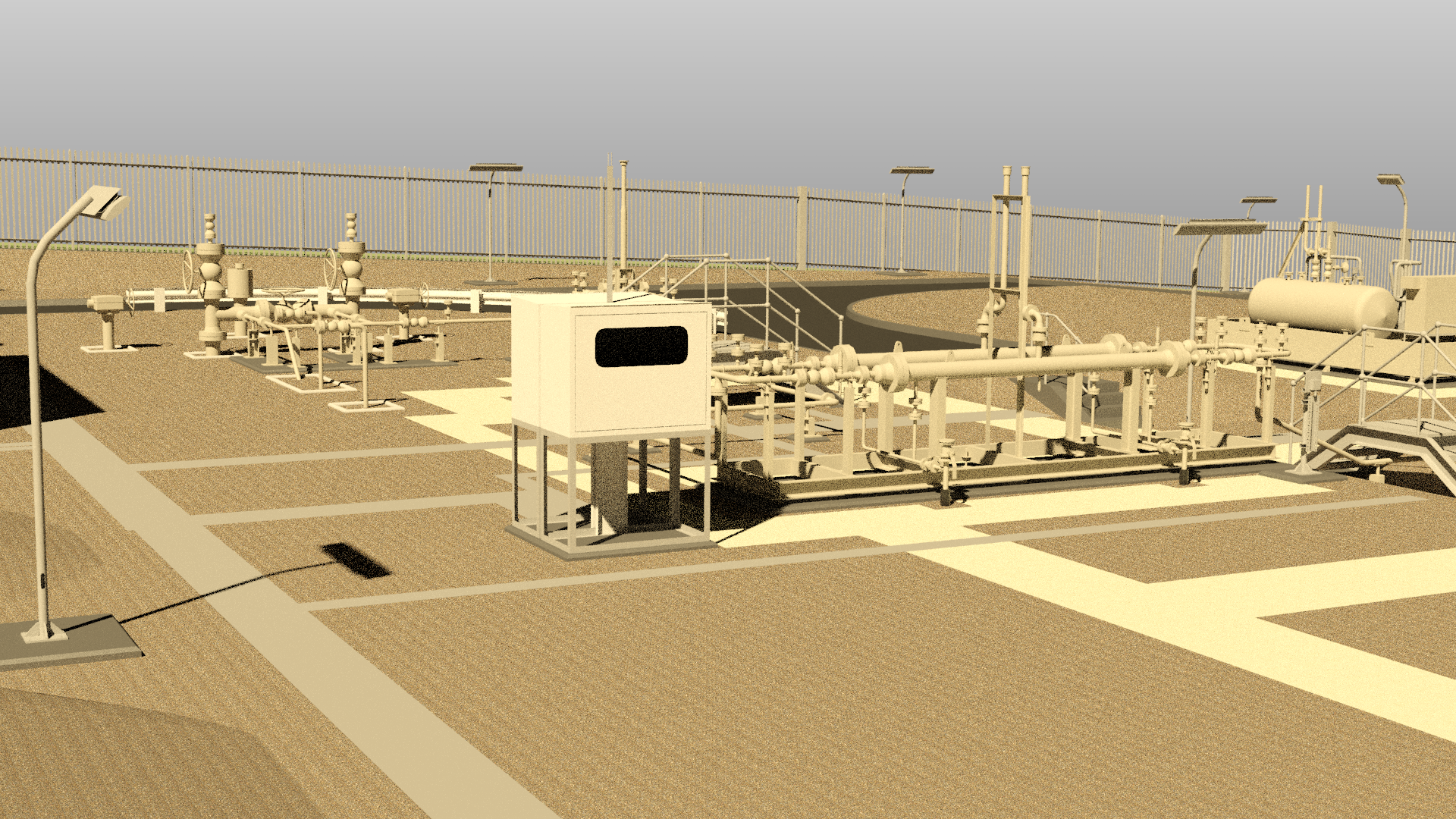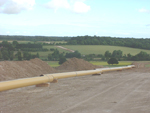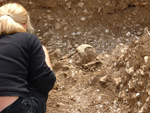
Innovation and Continuous Improvement
RCS have promoted innovation in their design processes by implementing the use of 3D modelling software that not only provides the geometric expression of infostructure but allows the capture of metadata associated with components, streamlining the design process, and allowing the successful management of information across the lifecycle of a project.

The implementation of these technologies allows better visualisation of projects in the pre-construction phase allowing clients to experience what the final product will look like and offer them the opportunity to make changes prior to construction. It also allows for increased coordination and clash detection, avoiding last minute changes and unforeseen issues during later stages of the project.
Biomethane Grid Entry Connections
Rush Construction Services have been involved in design and project management of numerous biomethane grid entry connections, providing pipeline and connection designs to independent biomethane producers to permit biomethane injection to local distribution and transmission networks from client grid entry facilities.
Hydrogen Hazardous Area Assessments
Rush Construction Services (RCS Ltd) were commissioned to undertake a hazardous area assessment of a hydrogen storage and pressure reduction site as part of an innovation project. The site supplies 100% hydrogen to a semi-detached property to showcase the use of 100% hydrogen for heating and cooking.
The assessment of the hydrogen storage and pressure reduction site was undertaken to the requirements of BS EN IEC 60079-10-1:2021 – Classification of areas – Explosive gas atmospheres.
Cross Country Pipeline - Sussex

This project included quantity surveying, site supervision, co-ordination and Health and Safety Audits.
This contract was notable for the instigation by Rush Construction Services of re-cycling of excavated material to provide a finefill surround to the pipe when laid.
This resulted in less depletion of natural aggregate resources (sand) and fewer heavy vehicle journeys in the locality.
An additional point of interest was the discovery of a double Saxon (A.D.700) burial, with two skeletons laid side by side, complete with an accompanying iron dagger. The perfect skeletons soon deteriorated upon exposure to the air and were removed to a local museum under licence from the Home Office.

